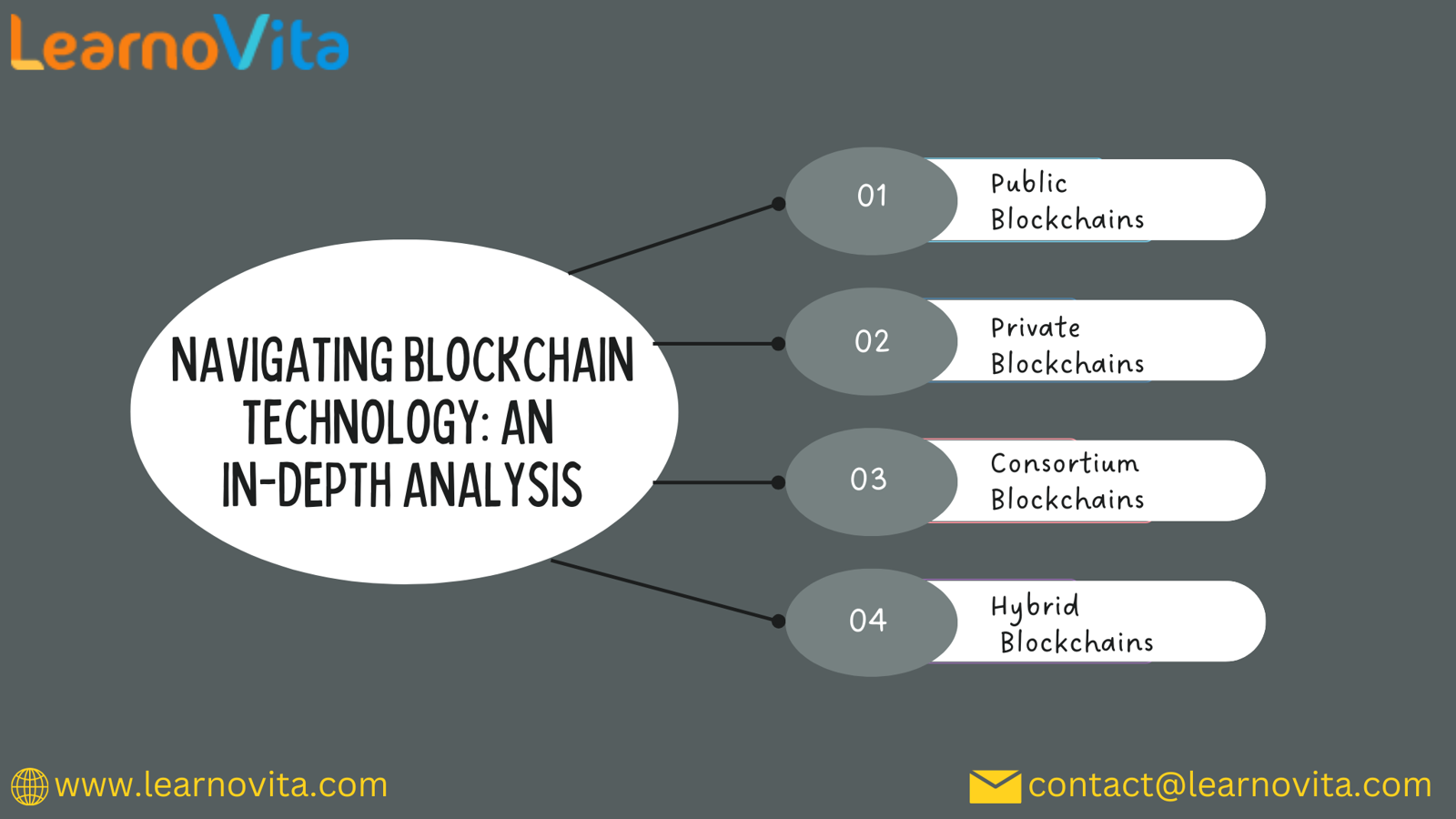Exploring Blockchain: Everything You Need to Know
- Get link
- X
- Other Apps

What is Blockchain?
At its simplest, blockchain is a decentralized digital ledger that records transactions across a network of computers. This technology allows data to be stored securely and transparently, enabling trust and accountability without a central authority.
Key Features of Blockchain
-
Decentralization: Unlike traditional databases controlled by a single entity, blockchains operate on a peer-to-peer network, distributing power among all participants.
-
Transparency: Transactions are recorded on a public ledger that anyone can access. This transparency enhances trust among users and allows for easy auditing.
-
Immutability: Once data is added to the blockchain, it cannot be altered or deleted. This is achieved through cryptographic hashing, linking blocks securely.
-
Security: Advanced cryptographic techniques make blockchain highly resistant to tampering and unauthorized access.
-
Smart Contracts: These are self-executing contracts with the terms directly written into code, automating processes and reducing the need for intermediaries.
Types of Blockchains
Understanding the different types of blockchains is crucial for recognizing their various applications. Here are the main categories:
1. Public Blockchains
Public blockchains are open to anyone, allowing users to participate without permission. They are decentralized and typically utilize consensus mechanisms like Proof of Work (PoW) or Proof of Stake (PoS). Notable examples include:
- Bitcoin: The first cryptocurrency, known for its robust security and decentralization.
- Ethereum: A platform that supports smart contracts and decentralized applications (dApps).
2. Private Blockchains
Private blockchains are restricted to a specific group of users, often used by organizations for internal processes. They offer greater privacy and control. Key features include:
- Permissioned Access: Only authorized users can join the network.
- Faster Transactions: With fewer nodes, transactions can be processed more quickly.
Examples include:
- Hyperledger Fabric: Designed for enterprise solutions, enabling businesses to create custom private networks.
- R3 Corda: Focused on financial institutions, facilitating secure transactions among trusted parties.

3. Consortium Blockchains
Consortium blockchains are governed by a group of organizations rather than a single entity. This structure allows for collaboration while maintaining some level of control.
Examples include:
- Energi: Enhancing energy management by allowing multiple companies to share data securely.
- IBM Food Trust: Aiming to improve transparency in the food supply chain.
4. Hybrid Blockchains
Hybrid blockchains combine features of both public and private blockchains. They allow organizations to keep certain data private while still benefiting from the transparency of public networks, making them versatile for a variety of applications.
Real-World Applications of Blockchain
The applications of blockchain technology are vast and continue to grow across multiple industries:
-
Finance: Streamlining cross-border payments, reducing transaction costs, and enhancing security in financial transactions.
-
Supply Chain Management: Improving traceability and accountability, ensuring ethical sourcing and sustainability.
-
Healthcare: Securing patient records and facilitating interoperability among healthcare providers, leading to better patient outcomes.
-
Real Estate: Simplifying property transactions and improving transparency in ownership records.
-
Voting Systems: Enabling secure and tamper-proof voting processes, boosting public trust in democratic systems.
Conclusion
Exploring blockchain technology reveals its immense potential to transform industries and improve processes. Its unique features—decentralization, transparency, and security—make it a powerful tool for a wide range of applications.
As blockchain technology continues to evolve, understanding its intricacies becomes essential for anyone looking to innovate in a rapidly changing digital landscape. Embracing blockchain may open new pathways for efficiency and innovation in the years to come.
- Get link
- X
- Other Apps

Comments
Post a Comment